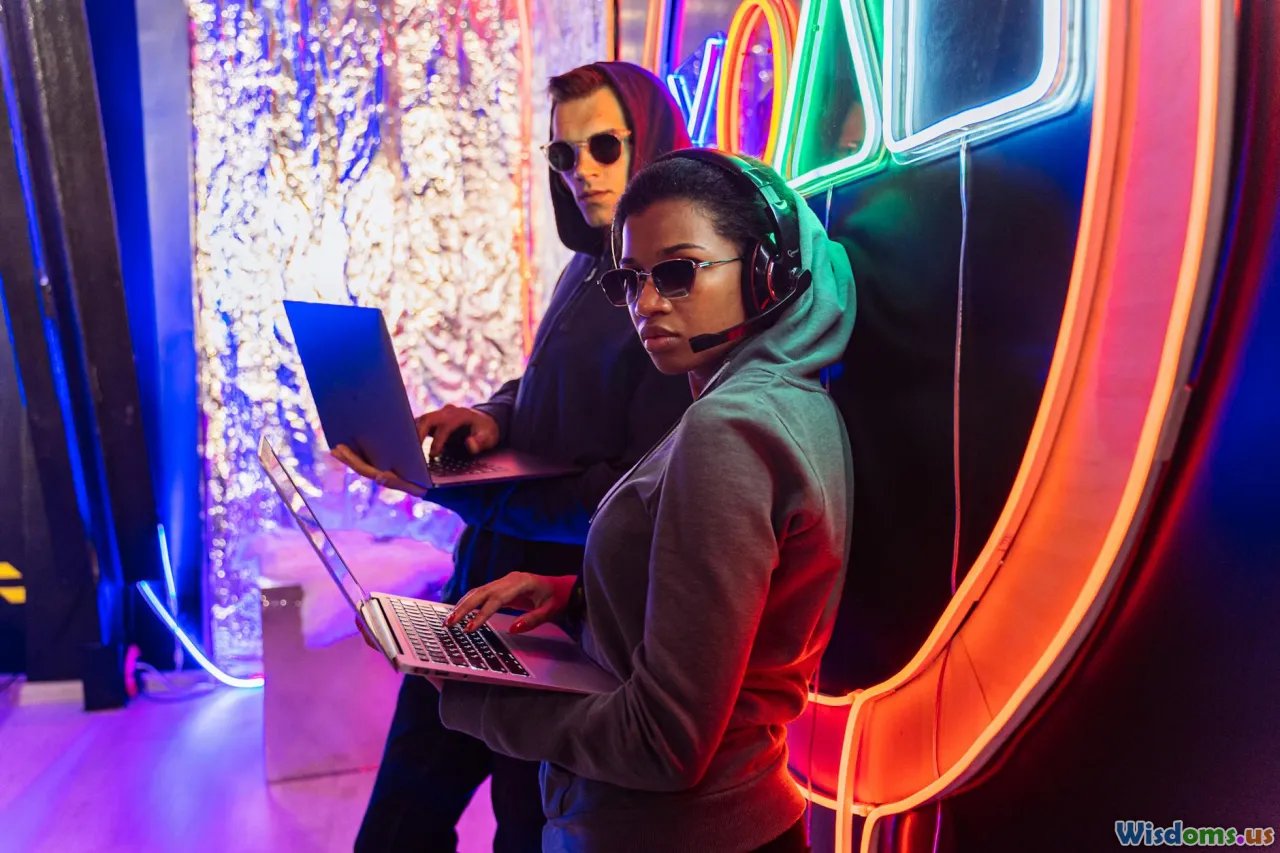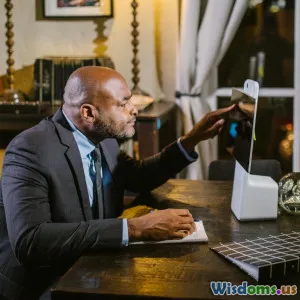
How Social Media Affects Crime Rates
4 min read Explore how social media shapes crime rates—fueling offenses, enabling investigations, and influencing public safety. (0 Reviews)
How Social Media Affects Crime Rates
Social media has transformed how we interact, share information, and view the world around us. But beyond connecting friends and families, its impact on crime—and crime rates—has become an increasingly critical focus for criminologists and law enforcement alike. In this article, we will delve into how social media platforms both facilitate certain criminal activities and empower efforts to investigate and prevent crime.
Introduction: The Digital Double-Edged Sword
At first glance, social media is a powerful tool for communication and information dissemination. Yet, as its reach deepens, so do its ties to the darker realms of crime. From facilitating cyberbullying to enabling coordinated illicit activities, social media is a double-edged sword that affects crime rates in multifaceted ways.
Understanding this relationship is essential for policymakers, law enforcement agencies, and society. It raises questions: Does increased social media usage translate to higher crime rates? Can data from platforms help reduce crime? This article explores these questions with evidence-backed insights.
Social Media as a Catalyst for Crime
1. Cybercrime Amplification
Social media has dramatically increased the scope of cybercrime. With billions of users worldwide, these platforms present rich opportunities for identity theft, phishing scams, and financial fraud.
For example, the Federal Trade Commission (FTC) reported that in 2023, nearly 40% of consumer fraud complaints involved social media-based schemes, including fake ads and fraudulent giveaways. Criminals exploit personal information shared online to launch targeted attacks.
2. The Rise of Online Harassment and Threats
Social platforms have given rise to specialized forms of crime such as cyberbullying, online stalking, and hate speech incidents. A Pew Research study found that 41% of adults had experienced some form of online harassment, a number closely linked to increased reports of cyberstalking and threats.
The anonymity and rapid dissemination make these crimes challenging to control, influencing overall crime statistics related to harassment.
3. Facilitating Real-World Criminal Activities
Beyond virtual offenses, social media often plays a role in planning or glorifying physical crimes. Gang members use platforms like Instagram or TikTok to threaten rivals or organize illegal activities. The FBI has highlighted that gangs are increasingly leveraging social media to coordinate crimes, incite violence, and recruit.
For instance, documented gang-related shootings have occasionally been traced back to social media disputes. Moreover, social media ‘challenges’ sometimes promote risky or illegal behaviors, impacting youth crime rates.
Social Media’s Role in Crime Detection and Prevention
1. Enabling Investigations Through Digital Evidence
While social media can facilitate crime, it also enables investigative breakthroughs. Law enforcement agencies routinely analyze social media posts for evidence, timelines, and witness identification.
The 2018
Rate the Post
User Reviews
Popular Posts





















